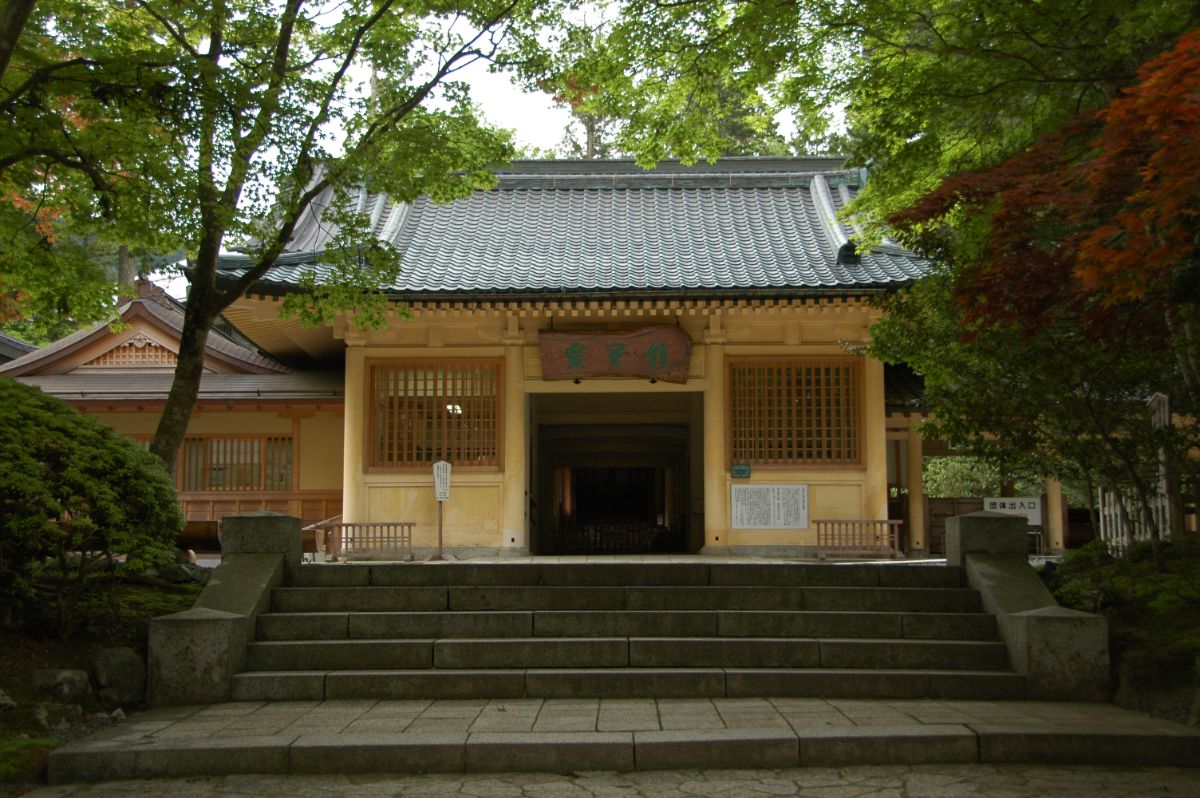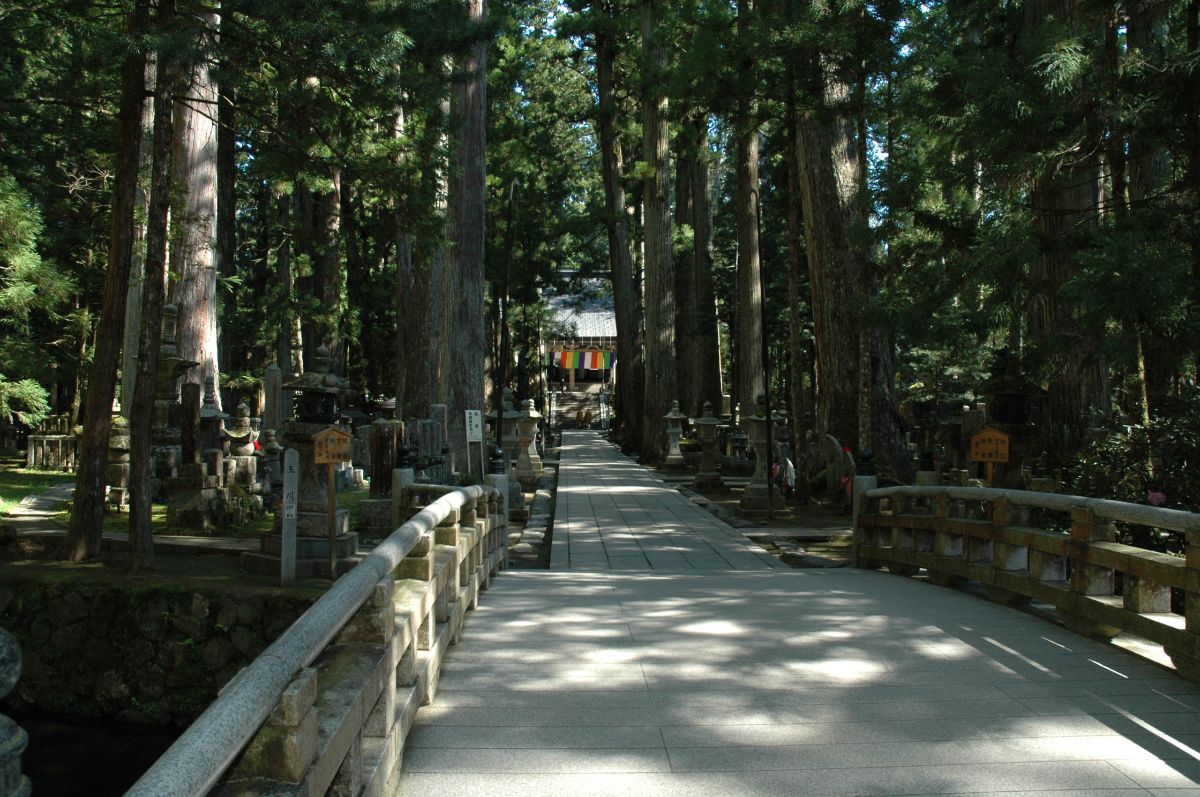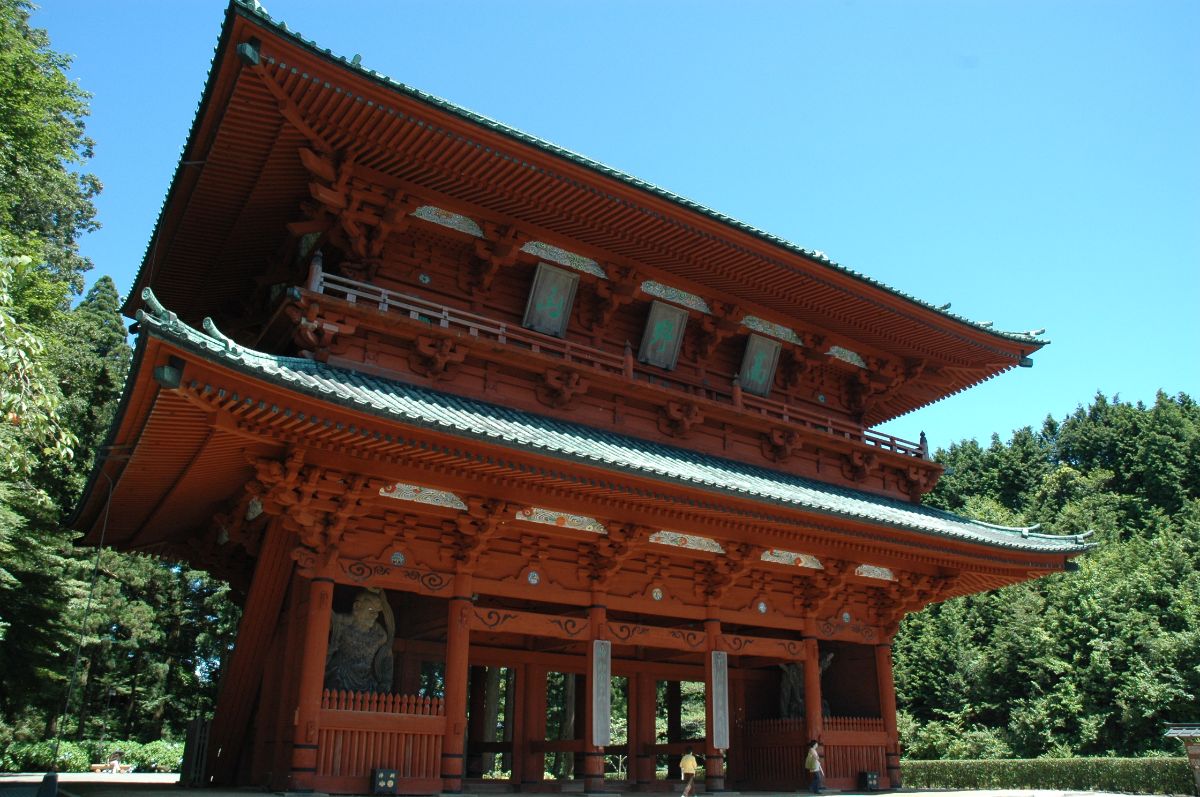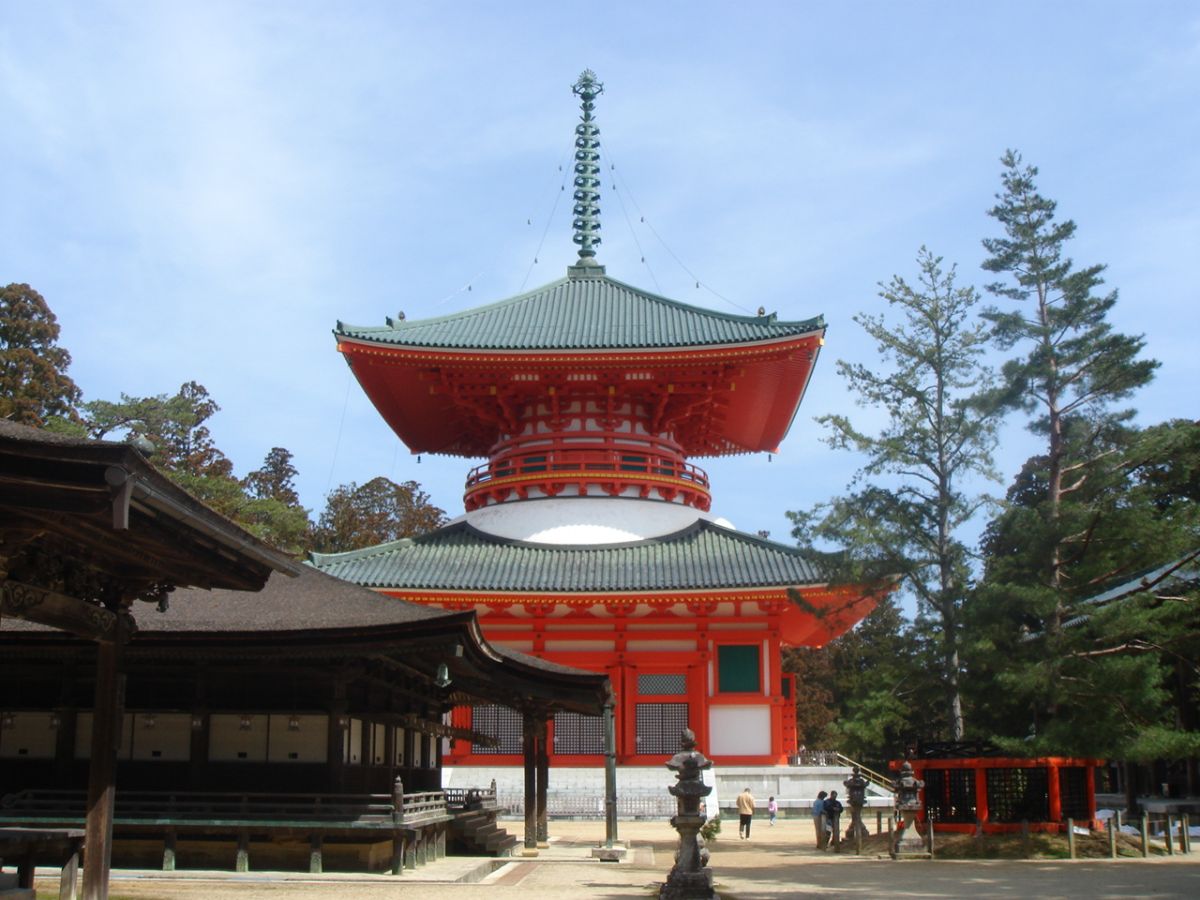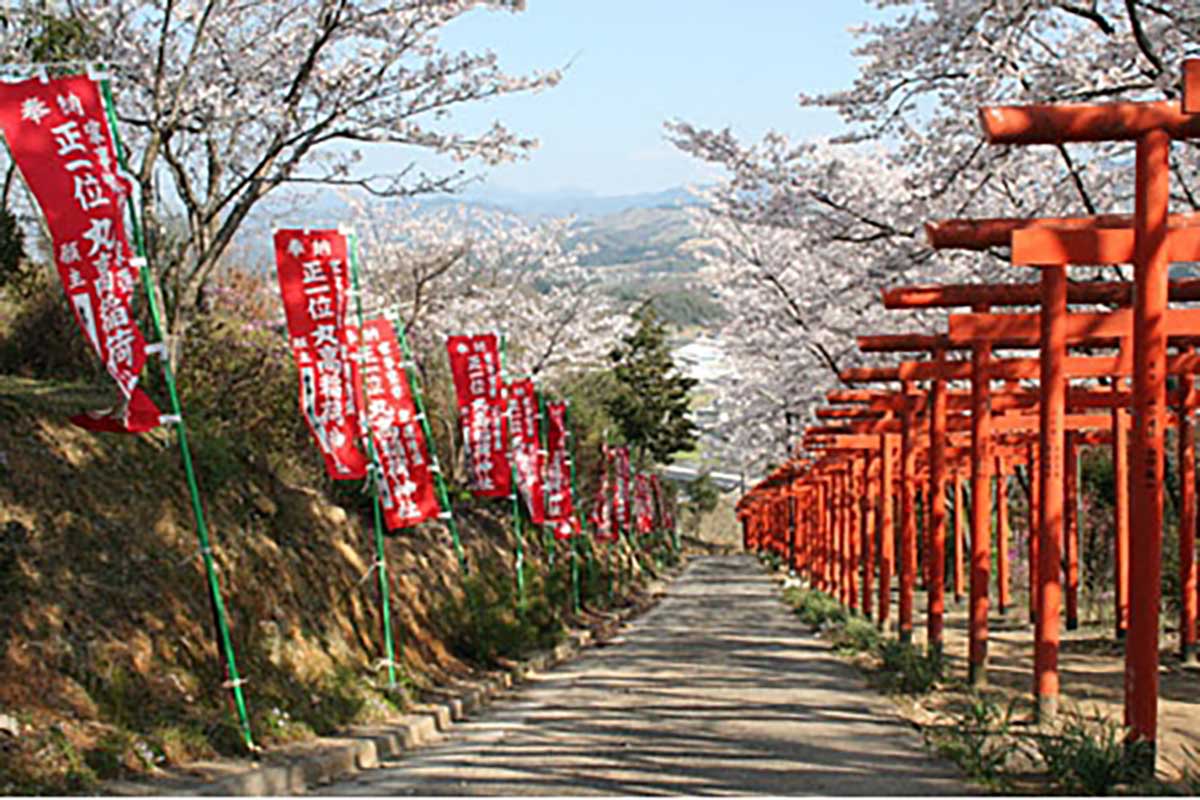Mt. Koyasan, located within the Koya-Ryujin Quasi-National Park, is one of the most sacred places of Japanese Buddhism. Not just one building, but the entirety of this mountain is considered sacred, known as the Issan Temple Grounds and boasting a total of 117 temple buildings. Of these numerous temples, possibly the most famous is the Kongobuji Temple. Kongobuji Temple is the head temple of Shingon Buddhism and home to Japan’s largest rock garden, Banryutei, as well as a number of fusuma panel paintings. Conversely, Okuno-in Temple is considered the holiest place on Mt. Koyasan, partially because it houses the grave of Kukai, posthumously named Kobo Daishi, the founder of Shingon Buddhism. There are also an additional 200,000 tombstones, monuments, and tributes lined up along the two-kilometer path leading to the grave.
Mt. Koyasan is also home to the Koyasan Reihokan Museum, Tokugawa Dynasty Mausoleum, Danjo Garan Sacred Temple Complex, and many other relics and sights. Additionally, it is a popular site for both recreational hikers and devotees to embark on pilgrimages. The original pilgrimage route leading to the mountain is called the Koyasan Choishi Michi Pilgrimage Route; it is 24 kilometers long, begins at Jison-in Temple, and ends at Mt. Koyasan’s Daimon Gate, which is known as one of the top one hundred sunrise- and sunset-viewing spots in Japan.
There are also a variety of events that take place on Mt. Koyasan over the course of the year, such as memorial services, the Urabon-e Feast of Lanterns, the Myo Jinja Shuki Taisai Grand Festival, and many more, so make sure to check the official website for details before visiting.
Photograph provided by the Koyasan Shingon Sect Main Temple Kongobuji.
- Spot Name
- Mt. Koyasan
- Postal Code
- 〒648-0211
- Address
- Koyasan, Koya-cho, Ito-gun, Wakayama
- Telephone Number
- 0736-56-2011
- Official URL
- http://www.koyasan.or.jp/en/
- Keywords
- Culture Experience,History,Outdoor Activities,Unesco World Heritage
Reviews
No reviews yet. Be the first to write one!
Write a reviewAround Spots
-
Wakayama
Marukoinari Jinja Shrine
Art & ArchitectureBeautiful SceneryHistory
